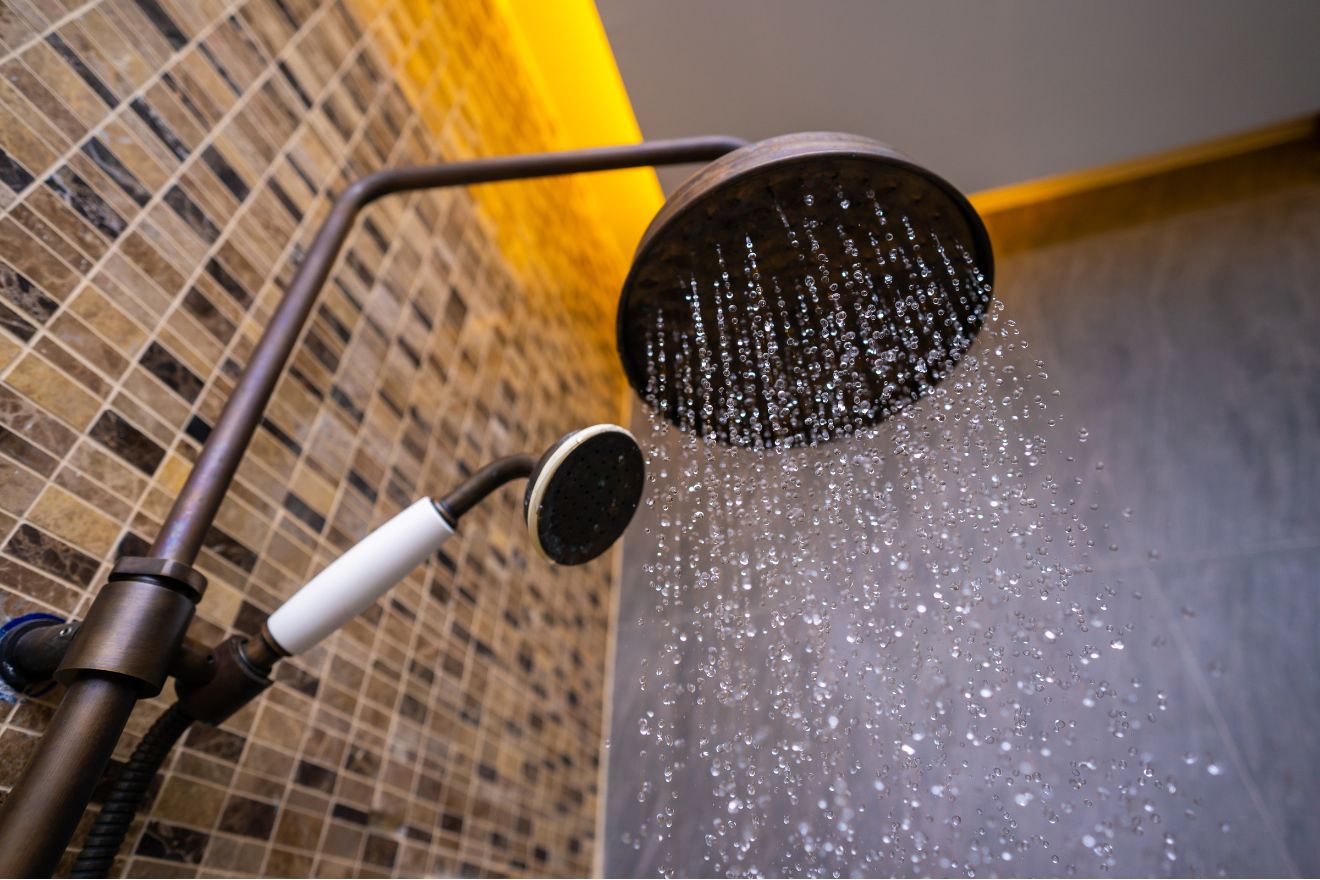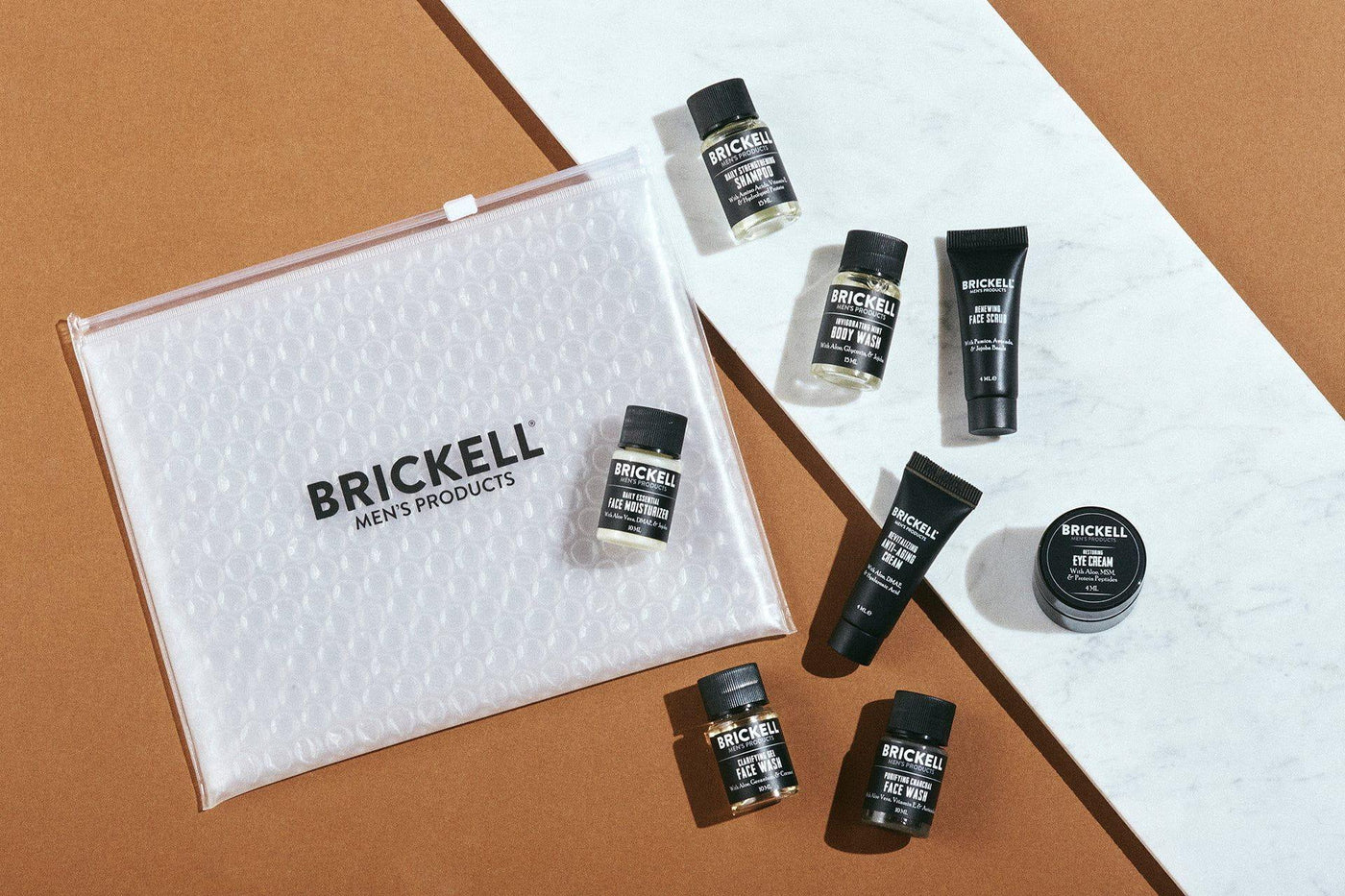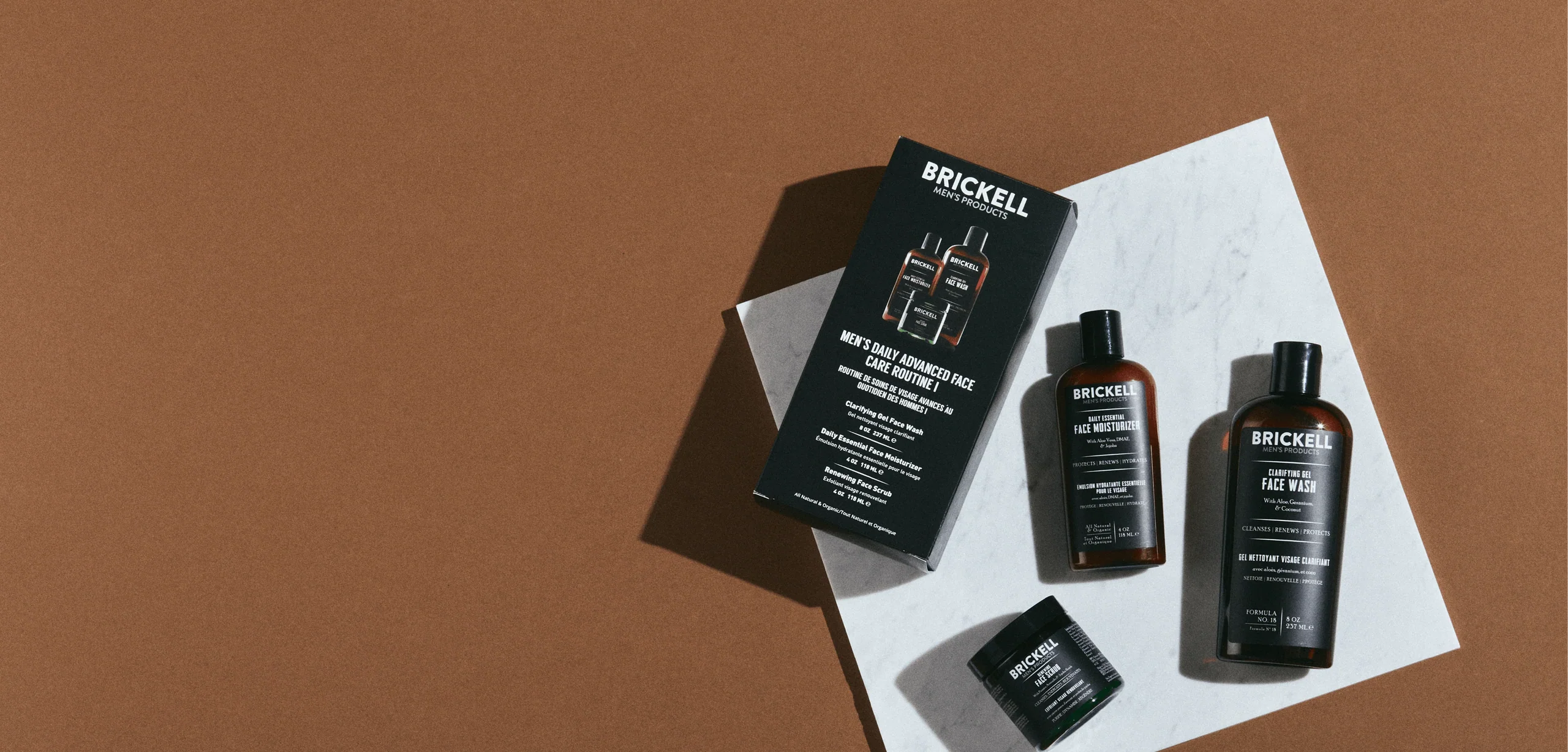The Grooming Manual
5 Unhygienic Bathroom Habits You’re Probably Guilty Of

You brush your teeth twice a day. You shower every day - or at least everyone around you really, really hopes you do. You keep your clothes clean and fresh. Because you’re a clean, hygienic guy. Right?
Maybe. Not so much if you’re guilty of these 5 bad bathroom habits. They range from the forgivable to the downright disgusting.
But the goal here isn’t to shame you into scrubbing every inch of your bathroom with bleach. That’s not the answer.
Instead, take a minute to review this list. Could you improve your bathroom hygiene and cleaning habits a bit? Most likely - since nobody’s perfect - the answer is yes. So here come the worst of the worst bathroom habits, plus some helpful tips for stepping up your hygiene game.
Bad Habit #1: You flush with the toilet lid open.
Easy Fix: Close the lid every time.
This is the king of the bathroom mistakes. And as you’ll see, it’s related to all the others. Yeah, it’s that bad.
At least, that’s according to a 2012 report published in the Journal of Hospital Infection entitled “Potential for aerosolization of Clostridium difficile after flushing toilets: the role of toilet lids in reducing environmental contamination risk”.
According to this report, “when a toilet is flushed without the lid closed, aerosol production may lead to surface contamination within the toilet environment.” The so-called “toilet environment” comprises a six-foot radius.
Ready for the scary part?
Think of all the other surfaces and objects in your bathroom that are within the toilet environment. Yeah. They’re all getting covered in microscopic particles of whatever was in the toilet when it got flushed - if, that is, you leave the lid open.
Bad Habit #2: You leave your damp toothbrush out.
Easy Fix: Store your toothbrush where it can dry completely without being contaminated.
As mentioned above, there’s a lot of potential for aerosol contamination in your bathroom. If your toothbrush is resting out on the bathroom counter or hanging near the sink, it’s going to absorb whatever is in the air. And then it’s going in your mouth. Gross.
In 2015, a report from the American Society for Microbiology confirmed that “toothbrushes can serve as a vector for transmission of potentially pathogenic organisms.”
The problem is much worse if you’re sharing your bathroom with someone else since “the main concern is not with the presence of your own fecal matter on your toothbrush, but rather when a toothbrush is contaminated with fecal matter from someone else, which contains bacteria, viruses or parasites that are not part of your normal flora”.
So what’s the answer? Use a toothbrush cover? Rinse it with mouthwash?
Unfortunately, no. The report found that “regardless of the storage method, at least 60% of the toothbrushes were contamination with fecal coliforms.”
Seem hopeless? Not quite. Here’s what you can do to minimize your risk of getting someone else’s fecal matter on your toothbrush and subsequently in your mouth:
- Allow your toothbrush to dry completely. Avoid covers or containers that slow the drying process. A damp toothbrush is a germ-ridden toothbrush.
- Keep your toothbrush way from the toilet. Ideally, store it at least 6 feet from the toilet.
- Always flush with the lid down. It’s a key solution to almost every hygienic concern in this list.
- Replace your toothbrush every 3-4 months. A new toothbrush is a clean toothbrush.
Bad Habit #3: Infrequent sink cleaning.
Easy Fix: Make cleaning the sink and counter quick and easy.
Your bathroom sink handles a lot of dirty tasks. It’s where you wash your hands. You spit in there. You shave over it. And who knows all what fluids and substances have been down that drain. There’s a lot of potential for gross.
But some guys don’t hardly ever clean the sink. “It looks clean enough,” they may say. But you don’t have to see the germs for the situation to be severely unhygienic.
Fortunately, this one is easy. Keep sanitizing wipes or spray in the bathroom - preferably right under the sink or in an otherwise easy to access place. In the morning after you’re done getting ready for the day, take a few moments to wipe down the counter and sink. That includes the faucet and handles. Because that’s what you touch before you wash your hands. Yeah, that thing is dirty.
Here are some easy ways to keep your sink, faucet, and counter clean:
- Declutter. If your countertop is covered in stuff, it will be harder to clean and you’ll be less motivated. Simplify your life by keeping the things left out on your counter to a minimum.
- Keep supplies nearby. Store what you need (sanitizing wipes, cleaning spray, white vinegar, rags, paper towels, etc.) right under the sink. Or if you really need some motivation, leave them directly out on the counter where you can see them for a visual reminder.
- Clean daily. Wiping down the countertop, sink, and faucet only takes a minute or two. Make it a daily habit and you won’t have to worry about the bathroom getting out-of-hand gross ever again.
Bad Habit #4: You almost never clean the shower.
Easy Fix: Clean your body and the shower at the same time.
Much like the sink, you might assume that your shower is clean because it looks clean enough. But hard water, soap scum, and other unpleasant substances accumulate all over the place. Fortunately, there are easy ways to clean the shower and tub that don’t require scrubbing on your hands and knees.
- Dry the shower when you’re done. Use a squeegee or rag to wipe down the shower walls and/or doors after every use. This prevents water stains and mildew growth.
- Clean the tiles and fixtures. Once a week, when you’re done showering but before turning off the water, take a few moments to wipe down the tiles and fixtures with a Magic Eraser or white vinegar diluted with water.
- Keep the grout clean. This one might require a tad bit of scrubbing. But not if you make it a regular habit. Once a week, take a few minutes to clean the grout between shower tiles with a diluted mix of white vinegar and water. (Don’t use bleach - that can damage grout and lead to mildew growth and discoloration.)
Bad Habit #5: You assume dry towels are clean towels.
Easy Fix: Switch out your towels at least once a week.
No one likes to use a moist towel to dry their body or hands. It just feels… gross. But you can’t assume that a dry towel is necessarily a clean towel. If it’s been a while since you’ve put out fresh bathroom towels, they could contain microscopic bits of bacteria, fungus, viruses, and yeasts.
But it’s unrealistic - and generally unnecessary - to always use a fresh towel every time you shower or wash your hands.
So what should you do to stay hygienic?
- Swap out and launder your towels weekly. At least once a week, switch out all the towels in your bathroom. Don’t do a smell test and excuse yourself another few days.
- Let towels dry thoroughly. Between washings, towels should be allowed to dry thoroughly to prevent bacteria growth and other unhealthy accumulations. That generally doesn’t happen on hooks that let towels clump up. Instead, spread them out on a towel bar. And keep the humidity in your bathroom to a minimum by cracking open a window or running a fan during and after your shower.
- Don’t share. Other than hand towels, it’s best not to share towels. So you may want to stock up to have enough towels for everyone in the home plus extras for between laundering and house guests.

